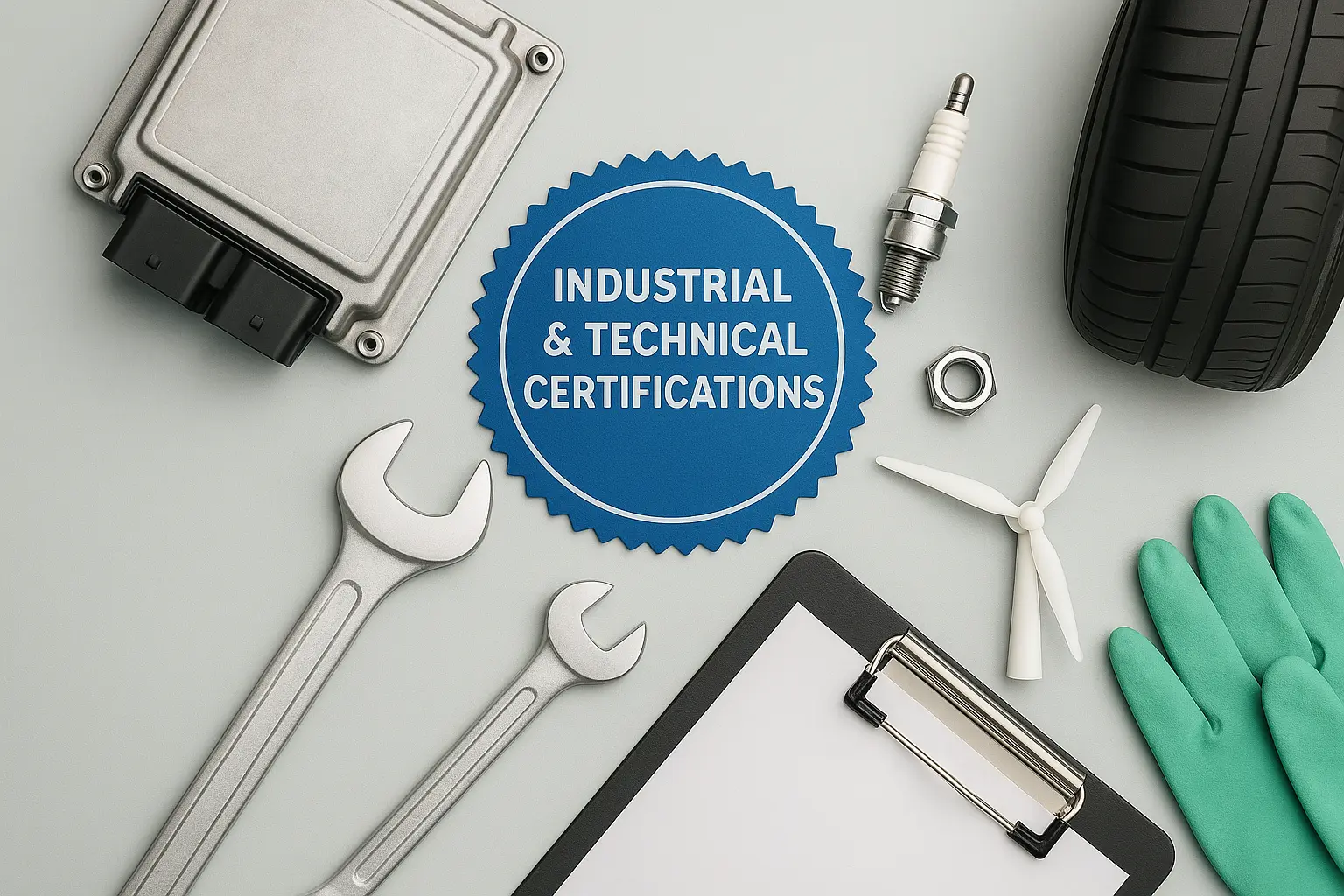ASTM E165 Liquid Penetrant Testing Certification
The ASTM E165 standard specifies a procedure for liquid penetrant testing (LPT) which is widely used in the non-destructive examination of parts and materials to detect surface-breaking flaws. This certification ensures that individuals possess the necessary skills, knowledge, and experience required to perform LPT according to this international standard.
ASTM E165 defines a liquid penetrant as a material applied to the surface of an object for the purpose of revealing microscopic discontinuities in the surface. The process involves three main steps: application of the penetrant, emulsification or drying, and examination under suitable lighting conditions.
The certification is particularly important in industries where quality and reliability are paramount, such as aerospace, automotive, manufacturing, and construction. It ensures that personnel performing LPT are adhering to a standardized procedure which can be trusted to provide consistent results across different operators and locations.
For individuals looking to obtain this certification, it typically involves both theoretical knowledge and practical skills demonstration. Theoretical aspects covered include the physics behind the process, types of penetrants available, different light sources used for examination, and interpretation of flaw indications. Practical components involve hands-on testing on a variety of materials under specified conditions.
The certification not only qualifies individuals to perform LPT but also enhances their credibility in the eyes of employers and clients. Employers can have confidence that certified personnel adhere to best practices as outlined by ASTM E165, ensuring consistent quality standards across all operations involving this technique.
It is important for those seeking certification to understand that maintaining it requires ongoing education and revalidation. The world of non-destructive testing (NDT) evolves continuously with new materials and techniques being introduced. Keeping up-to-date with these developments ensures that certified professionals remain capable of performing their duties effectively.
The ASTM E165 standard is just one part of a broader spectrum of NDT methods available today, each suited to different applications based on material type, flaw size, location, and other factors. For instance, magnetic particle inspection (MPI) or ultrasonic testing might be more appropriate for certain situations than LPT.
Understanding the specific requirements outlined in ASTM E165 helps practitioners choose the most suitable method for their particular needs while ensuring they comply with relevant regulations and industry standards.
Why It Matters
The importance of obtaining ASTM E165 Liquid Penetrant Testing Certification cannot be overstated, especially within sectors like aerospace where safety is non-negotiable. By ensuring that only certified personnel conduct these tests, organizations can mitigate risks associated with undetected flaws in critical components.
Compliance with ASTM standards demonstrates a commitment to quality and reliability which builds trust among stakeholders including customers, regulators, and investors. This compliance also helps businesses meet regulatory requirements set forth by governing bodies such as the Federal Aviation Administration (FAA) or European Union Aviation Safety Agency (EASA).
In addition to enhancing reputation and meeting legal obligations, certification provides peace of mind knowing that tests are conducted consistently and accurately. Consistency ensures that results obtained during inspections are reliable and reproducible, thereby facilitating better decision-making processes.
For organizations involved in high-risk industries or those dealing with critical infrastructure, the stakes are even higher. A single overlooked flaw could lead to catastrophic failures causing significant financial losses as well as loss of life. Therefore, having certified personnel performing LPT is crucial for maintaining safety standards and preventing such incidents.
In conclusion, obtaining ASTM E165 Liquid Penetrant Testing Certification not only benefits individuals by opening up career opportunities but also contributes significantly to organizational success by fostering trust, compliance, and overall safety within the workplace.
Industry Applications
- Aerospace: Detecting cracks or other surface defects in aircraft parts prior to assembly.
- Automotive: Identifying imperfections on engine blocks, cylinder heads, and exhaust systems before final assembly.
- Metal Fabrication: Checking structural steel components for welding flaws during construction projects.
- Civil Engineering: Inspecting bridges, pipelines, or other large structures for signs of corrosion or damage.
These applications highlight the versatility and importance of ASTM E165 Liquid Penetrant Testing across various sectors. The ability to identify even small surface-breaking flaws early can prevent costly repairs later on and ensure longevity of critical infrastructure.
Quality and Reliability Assurance
- Liquid penetrant testing ensures that all inspected surfaces are free from visible defects, contributing to higher product quality.
- The process helps maintain consistent manufacturing processes by providing repeatable results across different operators.
- It supports regulatory compliance by adhering strictly to recognized standards like ASTM E165 ensuring uniformity in inspection practices worldwide.
The implementation of ASTM E165 LPT certification plays a crucial role in enhancing the reliability and safety of products across numerous industries. By promoting adherence to strict procedures, this certification fosters an environment where quality is prioritized over cost, ultimately leading to safer end products and more satisfied customers.





